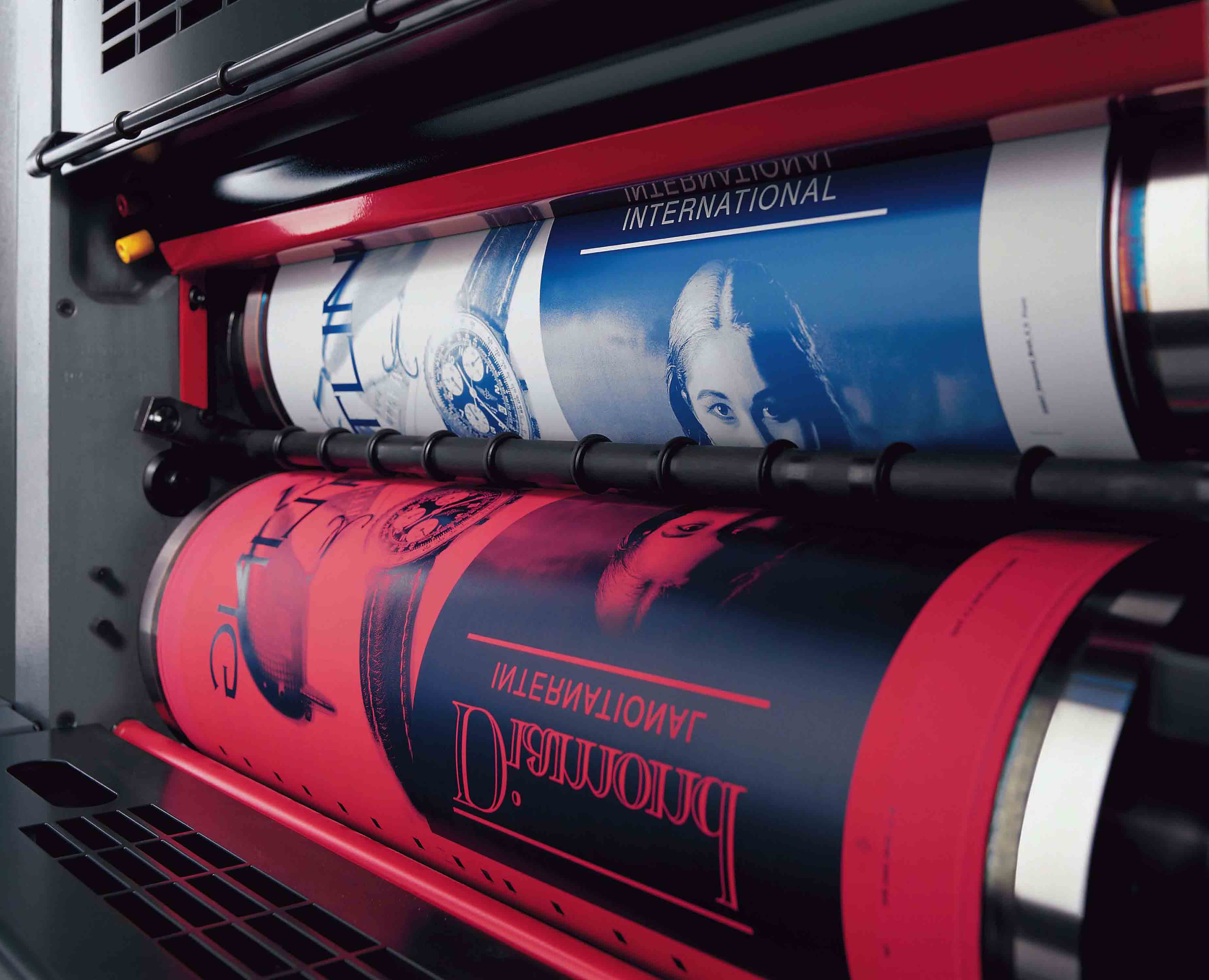Free sample essay on A Brief History of Printing. Johannes Gutenberg developed the idea of printing from movable wooden blocks between the years 1450 and 1460 in the town of Mainz in Germany. The transfer of an image by impression is a very ancient art. This method was followed in the Egyptian and Babylonian civilizations.
Printing was perhaps invented in China as early as the seventh century. Books were in use in Western Europe before the period of Gutenberg but only as handwritten manuscripts. In India also great literary works were written by the hand on palm-leaves. Dr. A.V. Samantha Iyer, who edited some great Tamil classics written on the palm-leaves, brought them out in book forms. But for his untiring labor some great classics would not be known to the Tamils. He was awarded the titles of, Mahamahopadhyaya and Dakshinadhya Kalanidhi. Manuscripts in the palm-leaves are on show in many old, historic libraries.
In a short time the printing history reached its peak when books were printed in a printing press in Venice. In 1409, a publisher, named Aldus, published books with beautiful letters. With a lovely balance of black and white letters on a page these books were works of art.
ADVERTISEMENTS:
The revolution in the art of printing has made millions of precious books available to us. Books communicate ideas to us. They educate us. Books written by the great authors of the past are an everlasting literature. Books contain the history of our cultural heritage.
Now computers have revolutionised the information technology. Laser printing is the highest achievement in printing. Printing was manual, the types had to be arranged and then printing was done. This was laborious. In this electronic age lakhs of newspapers and magazines have to be printed in the shortest possible time. There are huge machines which turn out a very huge number of copies of a newspaper in an hour or so. The newspapers or magazines are sent to the various places by vans and by trains or by aeroplanes to distant places. A newspaper like ‘The Hindu’ or ‘The Indian Express’ is printed at the same time in several centres. This is a great revolution in the printing technology.
It is a wonder that in small floppy discs reading material running to hundreds or thousands of pages is stored and it can be displayed in the computer and read.
